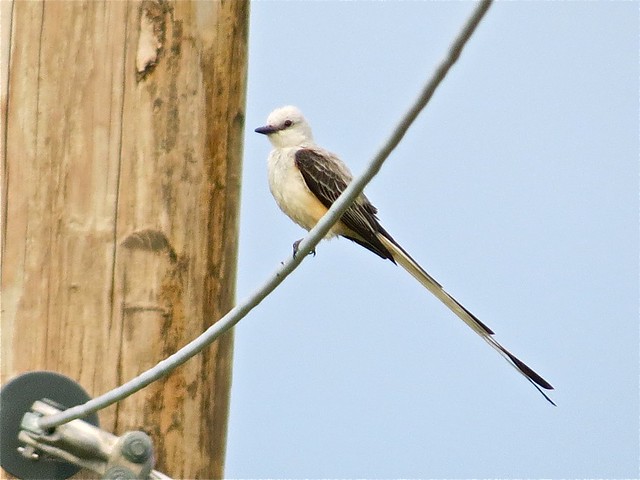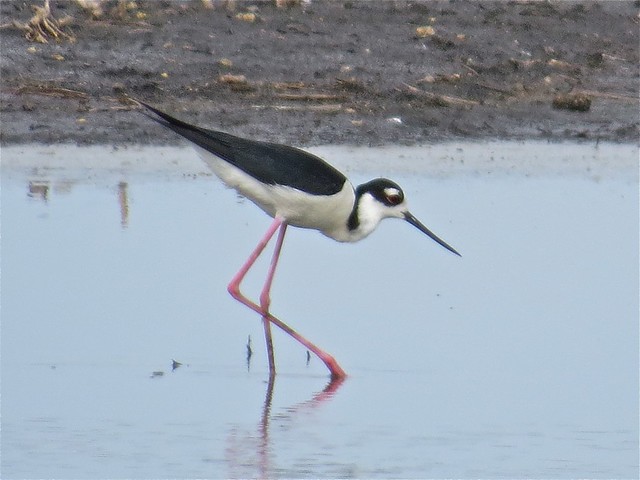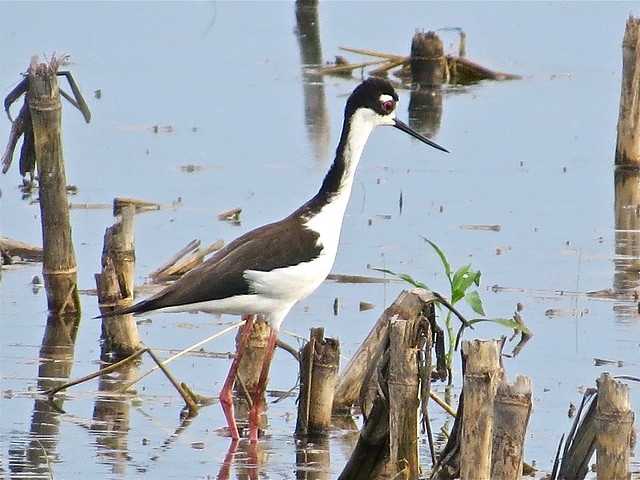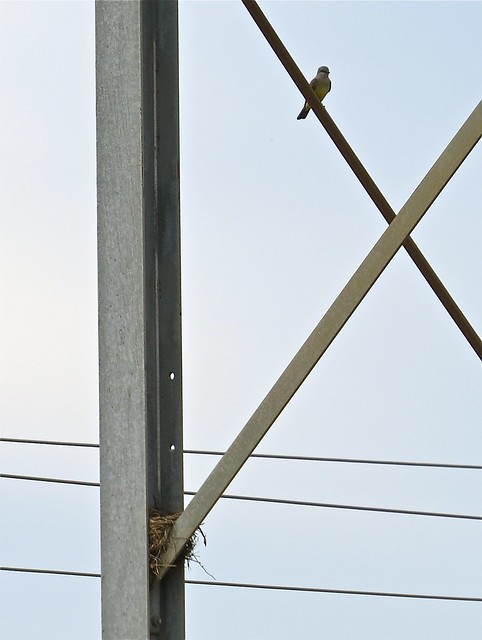After getting skunked several times, I finally got a good day this morning to do the BBS route from Minonk to Lake Bloomington. If you are looking for Western Meadowlarks to study, check out the Woodford County stretch of 3100E between 1600N and 1450N (latter not an actual road). Every year I get them in this approximate stretch, and this year at my 4 stops I had a total of 6. You can’t miss their vocalizations, and you can watch them perched on power lines. Be cautious of the latter as occasionally you can have an Eastern Meadowlark within the mix, although they do seem to segregate partially along this stretch.
After reading this, I decided to attempt to locate these Western Meadowlarks as this species would be a lifer for me. I drove through the area the next day and also counted at least six based on vocalizations alone. I heard at least five different vocalizations--at least three different songs, the "churt" sound, and the rattle. I also did hear a couple of Eastern Meadowlarks along this stretch. I was able to photograph four of the six Westerns I both saw and heard vocalizing, and I captured several of the vocalizations on video.
Here is a photo of bird #1 and a video of the bird singing in between "churts."
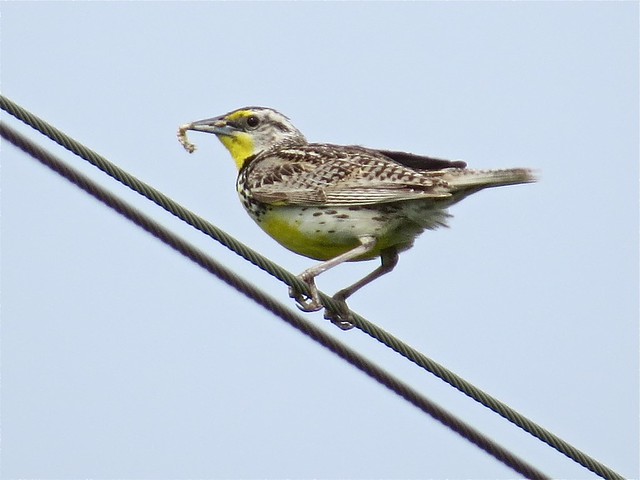
Here is bird #2. This bird was singing a different song.
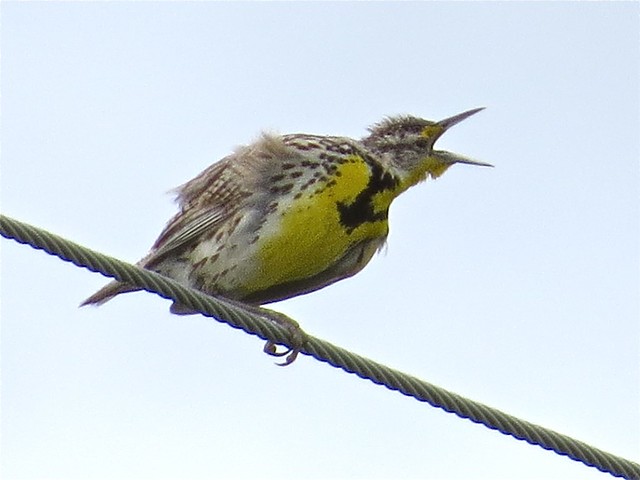
Bird #3 was only vocalizing the "churt."
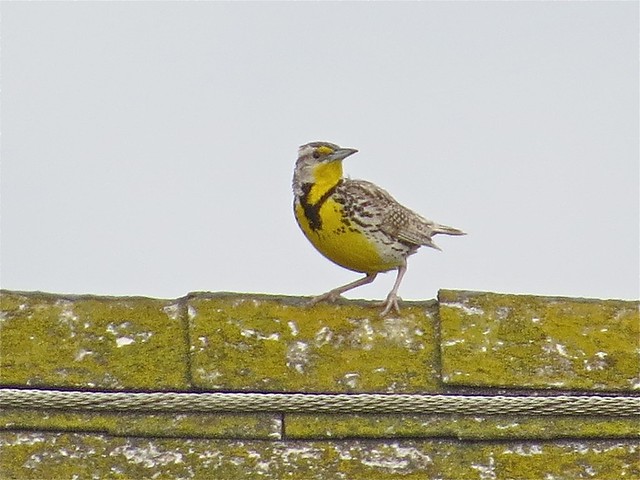
Bird #4 sang a different song than the first two, but it only vocalized the "churt," while I was recording it. It sounds like an Eastern Meadowlark is chattering nearby at the beginning of this video.
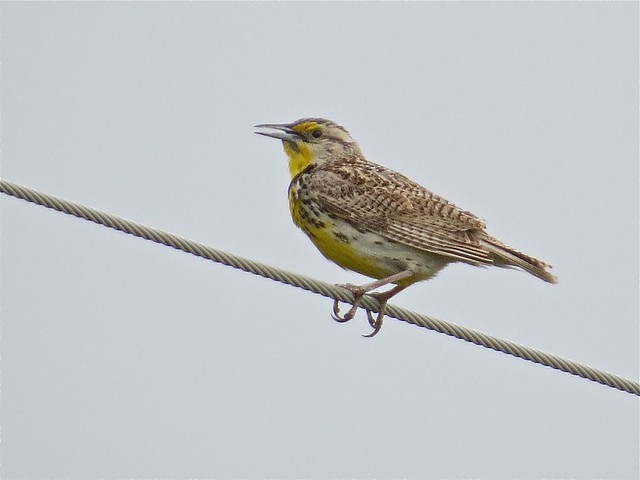
I wish I had had more time and to study and record the different vocalizations of these birds. If anyone else is interested in seeing and hearing them, here is a map to the location. They are along Woodford 3100 E Rd. between 1400 N Rd. and 1600 N Rd.
https://maps.google.com/?ie=UTF8&t=p&z=13&q=40.8121203,-88.951664&ll=40.8121203,-88.951664
This post was written and published on August 4, 2013.
